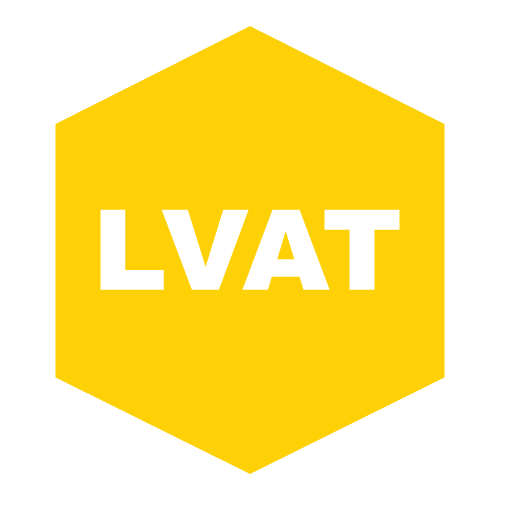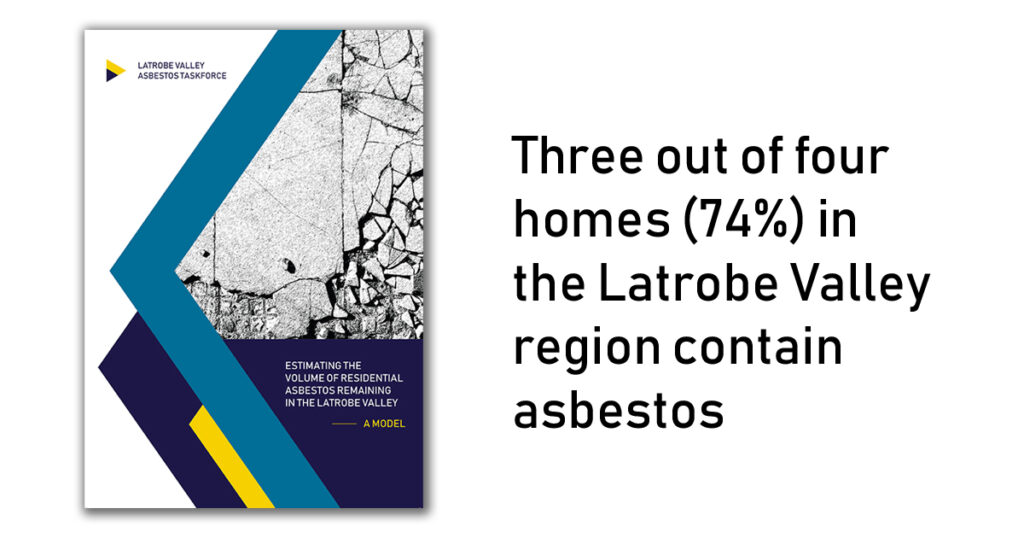It has been found that almost three in four (74%) homes in the Latrobe Valley region are likely to contain asbestos – significantly higher than the national average of one in three homes.
“What this report shows is that it is more important now than ever to increase awareness of the risks of asbestos exposure,” said Latrobe Valley Asbestos Taskforce Chair and Latrobe Health Advocate Jane Anderson.
“More than 4,000 people die each year from asbestos-related disease, and Australia is seeing a third wave of asbestos victims who are mostly DIY home renovators.
“Almost every home built before 1990 has asbestos somewhere, and the risk of asbestos exposure can be minimised by understanding where asbestos is commonly found in the home, and what to do if you need to remove asbestos,” said Ms Anderson.
The model developed in the report “Estimating the volume of residential asbestos in the Latrobe Valley – A model” calculates both the quantity of asbestos-containing materials and the most common applications in homes across Baw Baw Shire, Latrobe City, and Wellington Shire.
The table below shows the comparison in each municipality of asbestos-containing materials.
| Total volume (m2) | % all dwellings with asbestos | Volume per capita (m2) | |
| Baw Baw Shire | 674,880 | 61.11 | 12.64 |
| Latrobe City | 1,472,407 | 80.11 | 19.49 |
| Wellington Shire | 972,312 | 73.95 | 21.91 |
Asbestos-containing materials are commonly found in the eaves of the home, and in wet areas including bathrooms, laundries and kitchens. There is also a significant amount of asbestos-containing materials found in outbuildings such as sheds and garages.
“We believe this is the first time a model for calculating the volume of legacy asbestos in residential properties has been developed in Australia. We expect and encourage other jurisdictions to use it to determine the corresponding health risks to the wider community.”
“The findings in this report have informed the development of the Latrobe Valley Asbestos Taskforce Year One recommendations, which we have today presented to the Minister for Energy, Environment and Climate Change, Lily D’Ambrosio. There are four key recommendations, all of which are aimed at reducing the risk of asbestos exposure and saving lives,” said Ms Anderson.
- Recommendation #1 – Asbestos removal only permitted on residential properties in prescribed circumstances.
- Recommendation #2 – Compulsory asbestos awareness training for specified occupations.
- Recommendation #3 – Notice of intent to undertake demolition work to be made compulsory.
- Recommendation #4 – Provision of an Asbestos status certificate/report compulsory on the sale or rental of a residential property built before 1990.
“In Asbestos Awareness Week, we remember the many lives lost to this dangerous substance, and urge people to be mindful of asbestos when doing any home improvement jobs. Asbestos can’t be identified by sight, it needs to be tested and the first step is to contact a licensed asbestos removalist. You can visit the asbestos.vic.gov.au website to find out more,” said Ms Anderson.
Quote attributed to The Hon Lily D’Ambrosio, Minister for Energy, Environment and Climate Change, and Minister for Solar Homes:
“I welcome this report and will review the recommendations. I’d like to thank the taskforce for their important work into this crucial issue for the Latrobe Valley.”

